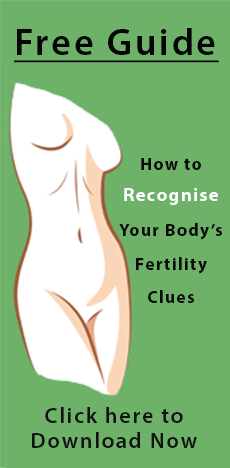A textual and contextual analysis of the advertising and information regarding menstruation and menstrual products communicated to women in Postmodern Australia (and it’s history).
By Nicki Sullings
The Beginning of A Bloody Tale
Biblical Bodies and Shame
Victorian Men, Women and Menstruation
Modernist Advertising and the Modern Woman
Postmodern Products, Knowledges and Advertising
A New Day for Women?
Bibliography
Appendices
* (From page 1) Studies by Dr. P Tierno Jr. and Dr. B Hanna cited on K Houppert, http://critpath.org/~tracy/village.html and Swedish studies cited on C Elliott-Lopez, http://www.thebody.com/wa/fall98/tampons.html
The Beginning of a Bloody Tale
Women have menstruated since the beginning of human existence. We understand this today as we understand that a woman’s period is a natural part of the female reproductive cycle. Such knowledge about the female body and its reproductive cycles, however, has not always been available – least of all to women.
The following project adopts a feminist perspective to highlight the perpetuation of women’s subordination in patriarchal western cultures through the communication (and the lack thereof) of information to women about their bodies and menstruation, and advertising for menstrual products.
A textual analysis of the advertising methods and strategies of menstrual product manufacturers employed in contemporary Australia will be placed in context historically through an examination of Biblical, Victorian, Modern and Post Modern knowledges of the female body and menstruation, power relations and the resultant advertisements of these times.
The female body and menstruation have largely been sites of social taboo, secrecy and shame. The implications of these have continued leaving women in a state of confusion over their bodies and health, and for some women lack of knowledge in combination with shame has lead to death. The production of male dominated medical knowledge, capitalist menstrual product manufacturers’ value of profits above women’s health and advertising media which fails in it’s informative capacity in order to manipulate women’s insecurities are largely to blame.
The language that has been constructed around menstruation has also played a significant role in subordinating women. The term “menstrual products” is used herein to describe the variety of products which have been marketed to menstruating women including sanitary belts, cloth and adhesive pads, tampons, disinfectants, deodorants, washes and corrective pills among others. I give preference to this term over “feminine hygiene products” as these things have been and still are most commonly referred to, as I believe it signifies a shift from a term which describes femininity and cleanliness to one which is more straightforward and makes mention of the word menstruation. Femininity, daintiness and hygiene are terms which I uncovered while researching and found that these were often used in a very manipulative manner by advertisers to stir female insecurity and fear in order to sell a product. The new term is used in an attempt at politically correcting and deconstructing the connotations of the previous term.
The poster design on page one has been designed as a stance against the denial of safe products to female consumers and contemporary advertisements employed by menstrual product manufacturers.
The poster features the two female characters, Emma and Kate from the series of advertisements for Johnson & Johnson’s Carefree tampons printed in Australian women’s magazines in the mid to late 1990’s (see Appendices 29 & 30). The possible breach of copyright may unfortunately render the poster illegal. However, I feel that this a social commentary or an alternative propaganda to that which is issued by menstrual product manufacturers.
It could be hung in university women’s rooms and women’s medical clinics where such material would more likely be embraced for its informative qualities regardless of any copyright breach.
It is designed to illustrate the lack of information given about the origins of the contents of tampons both in advertisements and on the product’s packaging, the use of activity as a symbol of freedom from the burden of menstruation through the use of tampons and the confusion experienced by young women when trying to understand the workings of their own bodies.
Hopefully, (if nothing else) it serves as a confronting visual introduction to the advertising women have been led in Australia (among many other countries) to never question, to quietly accept as part of the subtlety that goes with the female body, menstruation and menstrual products.
Next Page – Biblical Bodies and Shame

